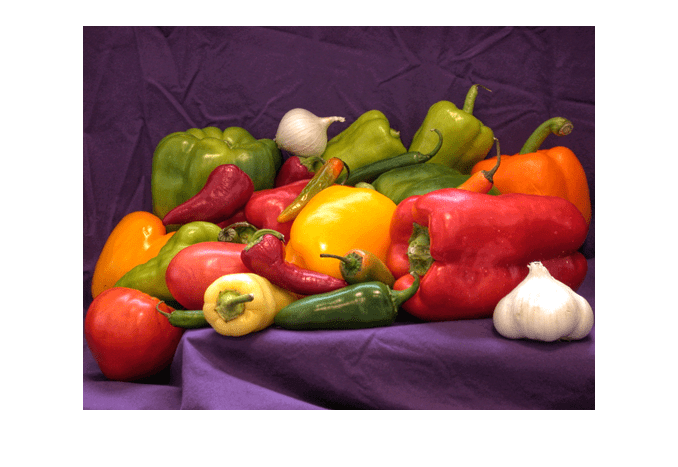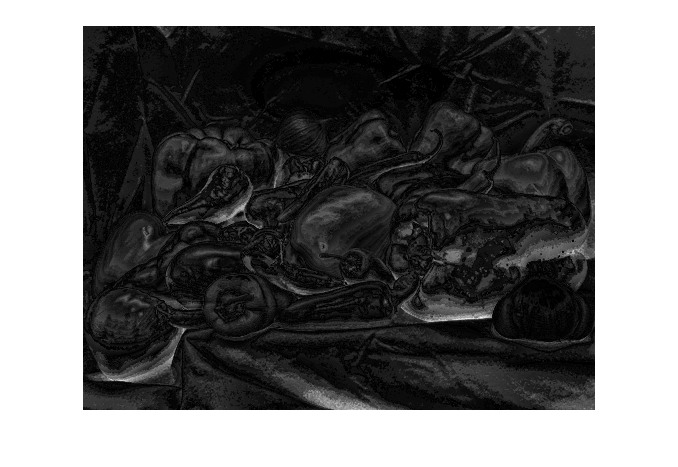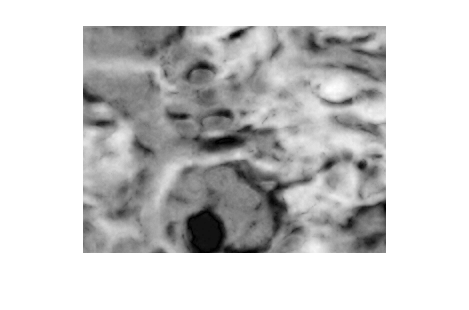deltaE
Color difference based on CIE76 standard
Description
Examples
Input Arguments
Output Arguments
Tips
To improve the accuracy of the color difference calculation, use the
imcolordifffunction. This function follows the CIE94 and CIEDE2000 standards and offers parameters to improve perceptual uniformity for different applications.




